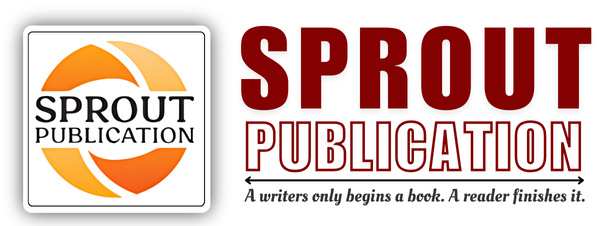Chapter 10: Parasympathomimetic Agents-II
Chapter 10: Parasympathomimetic Agents-II
Author: Dr. Surya Prakash Gupta
Volume: 01
First Online: 31 August 2024
Pages: 127-139
DOI:
Abstract
Parasympathomimetic agents also include indirect-acting cholinesterase inhibitors, which increase acetylcholine levels by inhibiting its breakdown. These inhibitors are classified into reversible and irreversible types. Reversible inhibitors, such as physostigmine, neostigmine, pyridostigmine, edrophonium chloride, tacrine hydrochloride, and ambenonium chloride, temporarily bind to acetylcholinesterase, enhancing cholinergic transmission. They are used to treat conditions like myasthenia gravis, glaucoma, and Alzheimer’s disease. For example, neostigmine and pyridostigmine improve muscle strength in myasthenia gravis by preventing acetylcholine degradation. Irreversible inhibitors, such as isofluorophate, echothiophate iodide, parathion, and malathion, form long-lasting bonds with acetylcholinesterase, leading to prolonged cholinergic effects. These agents are often used in insecticides and nerve agents. Due to their potency and risk of toxicity, their clinical use is limited and requires careful handling. In cases of poisoning by irreversible cholinesterase inhibitors, cholinesterase reactivators like pralidoxime chloride (2-PAM) are employed. Pralidoxime chloride binds to the inhibited enzyme, restoring its activity and allowing the breakdown of excess acetylcholine. This reactivation is crucial in managing acute poisoning and preventing the severe effects of cholinergic overstimulation.
Keywords: Reversible Inhibitors, Irreversible Inhibitors, Physostigmine, Neostigmine, Pyridostigmine, Edrophonium Chloride

